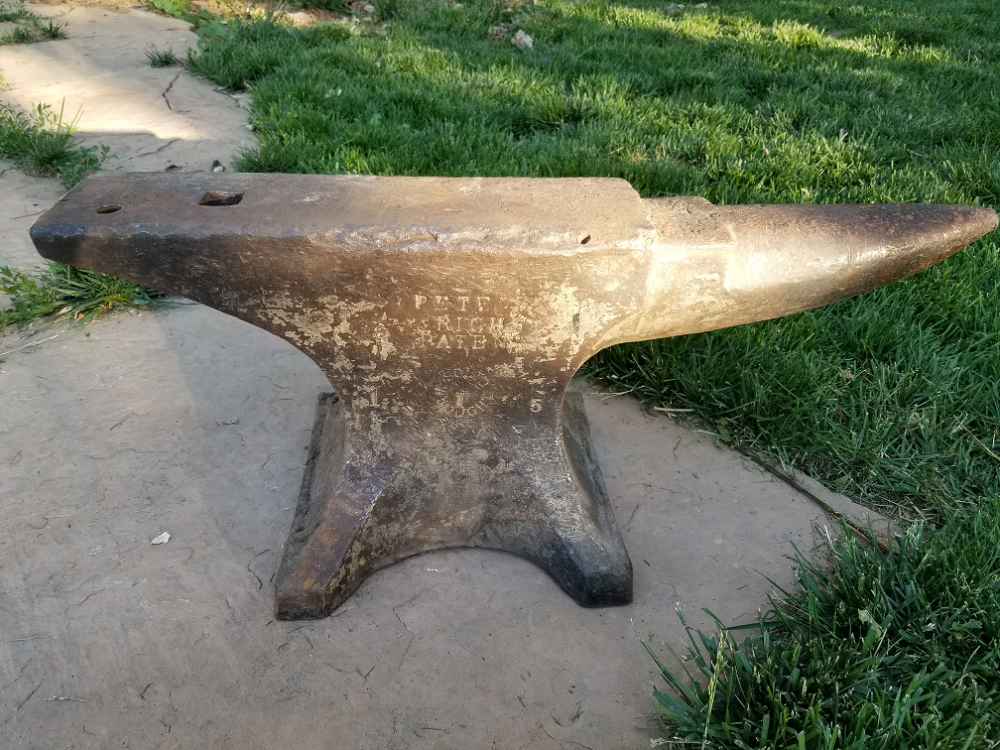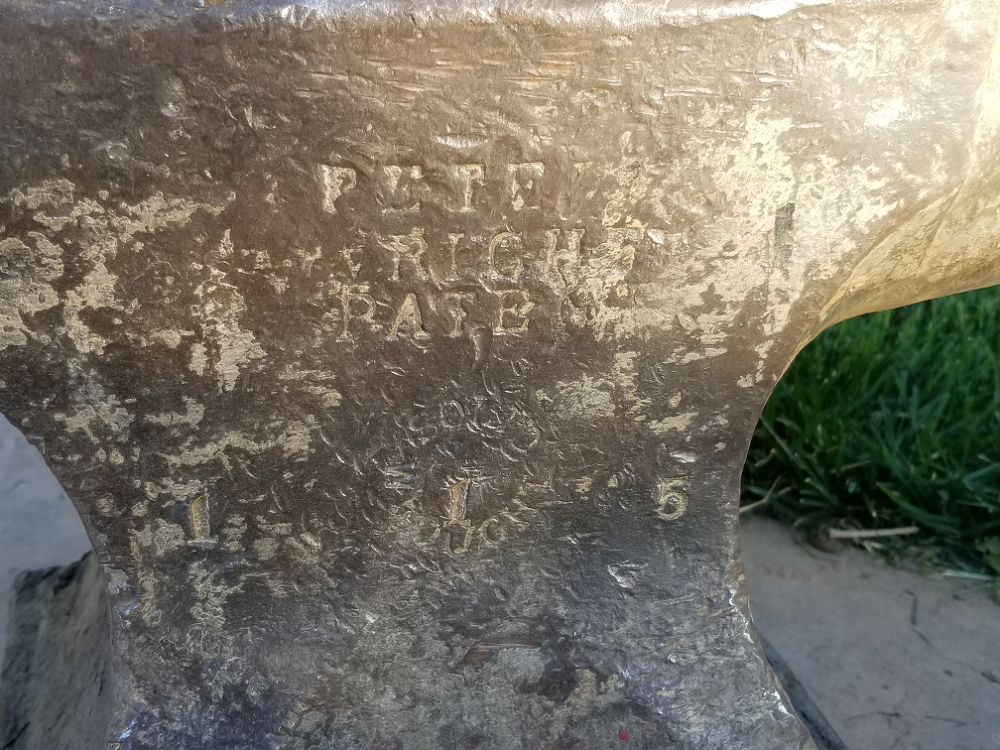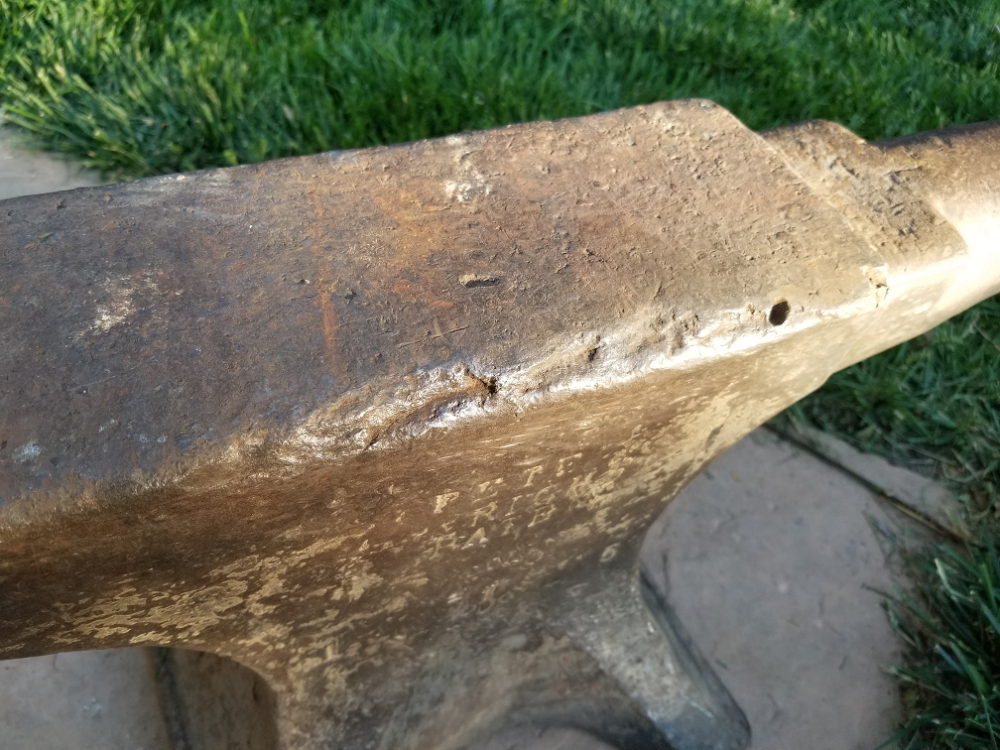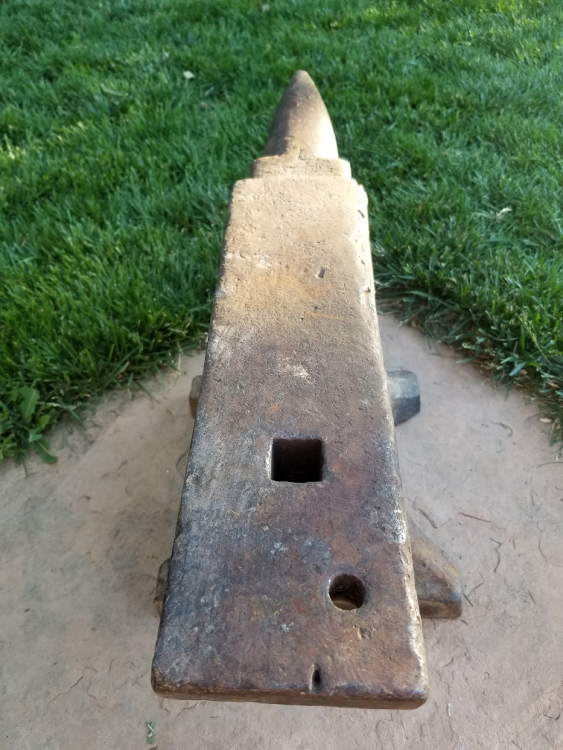
JustAnotherNewGuy
Members-
Posts
7 -
Joined
-
Last visited
Profile Information
-
Location
Denver, Colorado
Recent Profile Visitors
The recent visitors block is disabled and is not being shown to other users.
-
I have read the "Read This First" post, which is also why I bothered to make my above comment. The example they give is a heat treating question being made in the tailgating area, which I agree isn't appropriate. My post was an anvil post with a general inquiry about repairs being posted in the general anvil section. I didn't see any issue with that. Mods apparently felt strongly enough that I was in the wrong to issue a formal warning. And I edited out the word that may have been offensive - I'm not here to ruffle feathers. I did see your comment in that post related to language but thought that was more aimed at "seven dirty words" kind of comments.
-
Really...? At the moderator that gave me a warning for putting this post in the general anvil area and not the "Repairing and Modification" area, I did that for a reason. It was a little post about "Hey look, I got a cool old anvil, any input on whether I should worry about the face damage or use it as is? Here are some pics, enjoy" I wasn't asking how to repair it, so I didn't think it was warranted. If you felt differently, I respect that, but you could have simply moved it and said "I think this fits a little better here." Giving me a formal warning for a simple difference seems asinine. If you're trying to drive users away from the forum and keep it the old boy's club, fine, I guess. I moderate several communities so I understand the frustration, but maybe have a little bit of understanding...
-
This is the second time I've seen someone reference putting down a layer of caulk, both for stability and to deaden the ring. I would have thought that putting down a caulk layer would add some unwanted "spring" but hey, might be worth giving it a try if it's that common a practice. Thanks for the reply!
-
After giving the face a bit of a wire brushing, it gets 80% in most places, and 90% rebound in a few sweet spots. The more I clean it up and look into the history, the more happy I am with the thing. I contacted the gentleman I bought it from and it came off his grandfather's ranch in Sterling, CO, and had been on the ranch as long as he could remember. Sterling was settled in 1868, perhaps around the time this anvil was laid down. Pretty cool. Yeah, the stand will definitely have the 4x4s laid on end. I'm planning on laying them in a 4x4 pattern, which should give me a surface of 14"x14" to secure the anvil to, and then bolting the whole thing together with allthread bolts and wood glue adhesive. The lumber is pressure treated, though, so should I put a layer between the wood and the anvil so there's no interaction between the dissimilar metals? I think the wood gets treated with copper salts. One other "off the wall" question - I have several hundred pounds of lead available. Would there be any benefit to bedding the anvil in a rectangular base of the stuff? And I'll probably be down in Littleton this weekend. There's a farrier supply shop that has blacksmithing and knifemaking supplies down that way, and a beekeeping supply as well. Small world. And I agree, the mountains here aren't quite as prominent as those in AK, but it's not quite so isolated here. It's a nice balance. I lived on Kodiak for a couple years while my dad was stationed there with the Coast guard and don't think I could do it long term.
-
Thanks for the response, gents. I'm in the Denver area, specifically Aurora and I've updated my profile to reflect that. I did see that there was a small blacksmithing school up towards Fort Collins about an hour away, but they're standing by currently because of COVID. I did check the ring and rebound - nothing sounded dead. Rebound on a steel ball bearing seemed to be 75-80% in most places. I'm still waiting on the rest of the forge materials to show up, and my hammer selection is in its infancy. But I have read that I should not be grinding/brushing/doing anything to the face other than wiping it off and putting it back to work. I am taking a wire brush to the body so I can rub it down with some boiled linseed oil. Other than that, I guess I'll just keep watching videos and start working on it, avoiding the damaged area. I'm building the stand tomorrow out of 4x4s bolted together with allthread. Looking forward to getting dirty!
-
Well, first post. Another new guy starts making mistakes and learning. I've been melting and casting metal for a while, mostly low temp (lead, pewter) for a couple flintlock rifles I have. Always been curious about blacksmithing, and decided since I'm home a lot more (thanks, COVID...), I might as well dive in. Saw an anvil posted without a maker's mark, but based on the one pic and the reading I've done on this forum, it looked like a Peter Wright. Overall it was in decent condition, but it had damage to the edge of the face on one side. I went out and took a look at the thing and it sure had the indicators that it was what I thought it was, so I bought it for just under $2.50 a pound, which I believe was a pretty good price. Brought it home and cleaned up the body with a wire brush, and the pics show what I found. A Peter Wright 145lb. So here's my question: The damage to the edge of that face, to me, looks pretty significant. Is this something that should be repaired or stabilized? Or can I simply ignore it and work from the other side of the anvil using the opposing side that's still in pretty good shape? If it should be repaired, what's the best way to find someone that can actually do it well? Also, if anyone has any info about the anvil, feel free to drop it here. From what I've been able to find, it's probably made somewhere between 1860 and 1890?



